AI-Generated Training Worlds for Robotics
The power of AI-generated worlds is the capacity to generate scenarios special to the robot’s unique learning requirements. While there is only one physical environment with traditional training, AI-assisted training environments are fully manipulable. The MIT team employed this method to train the robot dog to perform an array of activities, including the agility it takes to excel at parkour, a specialized talent useful to robots that must maneuver difficult, unpredictable terrain.
LucidSim creates lifelike simulations with all those other variables the robot might face in the real world. For one, the system can mimic various terrains, obstacles, and even weather conditions, training robots to tackle a wide range of challenges. With these conditions, robots can train in spaces that mimic real-world setups but without the constraints of physical space or the threat of breaking hardware.
The Future of Educational Robots
This new product concept is a revolution for the educational robots industry. As robots can be trained in a wide variety of controlled and cost-effective environments, the possibilities are endless. Schools, for instance, can utilize AI-generated worlds to teach students about robotics without requiring an enormous amount of physical real estate. These robots can mimic real-life usage, ranging from basic movement to more complicated tasks such as parkour or rescue missions.
Also, universities seeking to innovate in robot for research can get great value out of these systems. These AI robots could serve as an experimental tool for students where the students would be able to train robots and test them for research with AI advancing. Such developments will probably change the way in which academic courses will be able to integrate robotics into their curriculum, as well as enable more extensive and scalable research in the robotics domain.
How Does This Affect the Future of Robot Research?
The significance of AI-driven robots for research is enormous. The feature enables research teams to create robots for industries from healthcare to defense and can be a major leg up for teaching robots how to move and act. Researchers no longer have to make do with the constraints of traditional training environments and can design, modify, and test policies faster than ever, states the company.
The ongoing success of these university robots is no doubt paving the future of autonomous technology. As we can begin to tune robotic behavior in simulations, the space between theoretical research in robotics and practical, grounded application is on the verge of narrowing. This will, in turn, accelerate the deployment of robots in areas as diverse as search-and-rescue, manufacturing, and city planning.
Explore the Future of Robotics Today
If you are as passionate about robotics as we are, definitely don’t miss the latest advancements in the world of robotics! At Toborlife AI, we offer advanced robotic solutions built with research and real-world application in mind. Head to our website to find all the bits and pieces that could enhance your robotics creations.
Whether you are looking for educational or research robots or simply want to have fun with your robot, we have what you are looking for!

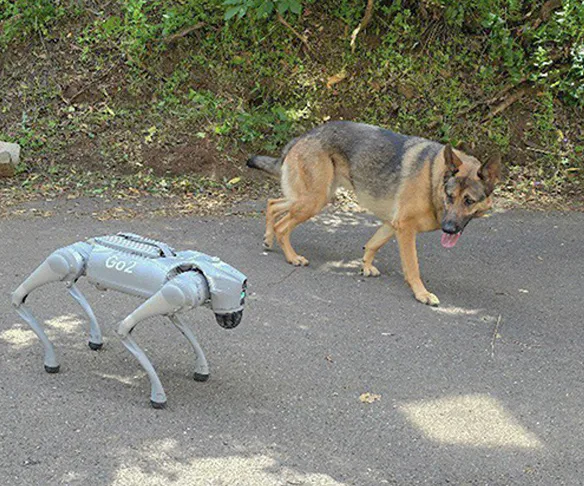
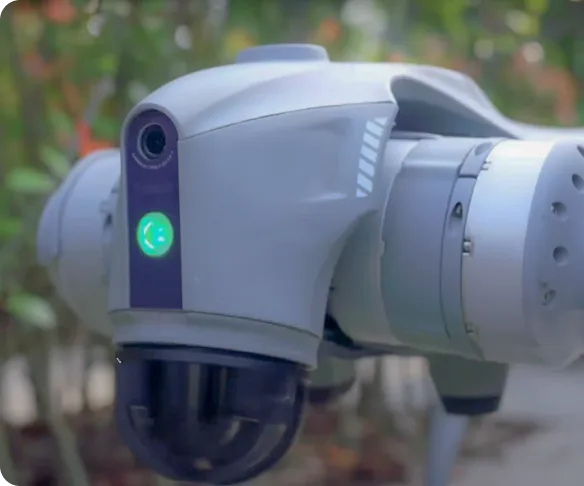
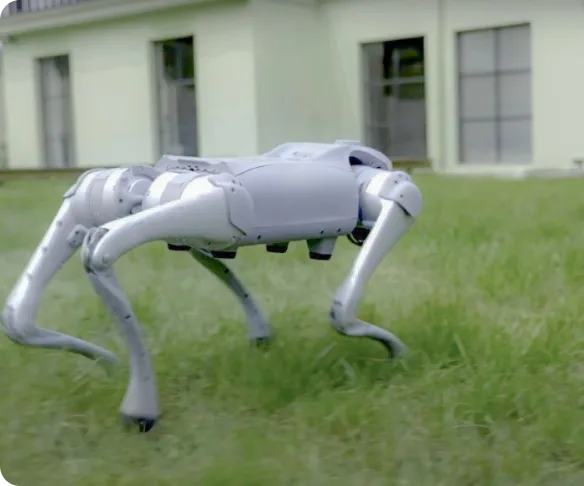
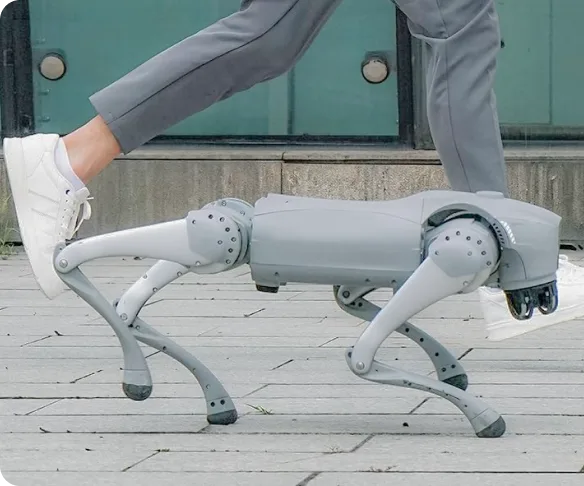

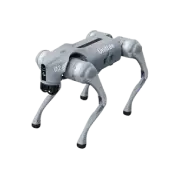
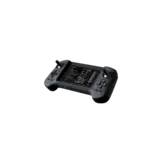


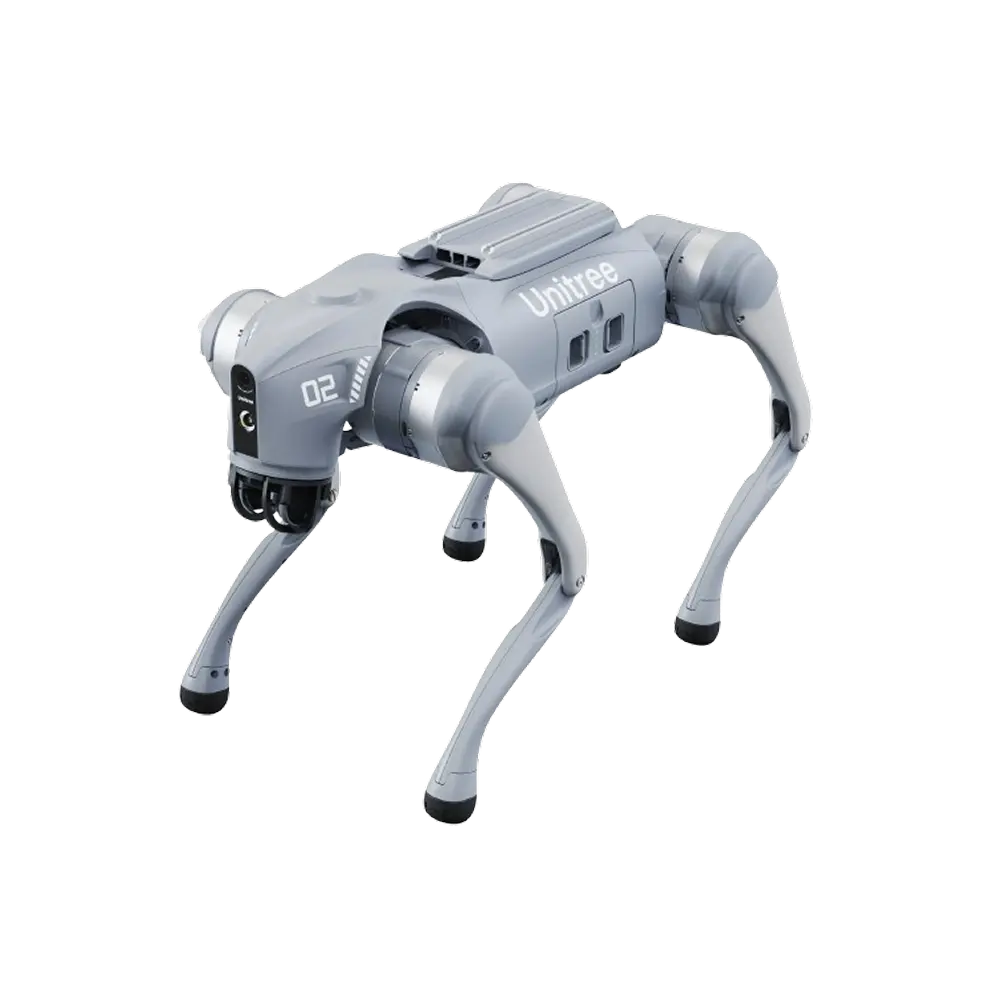
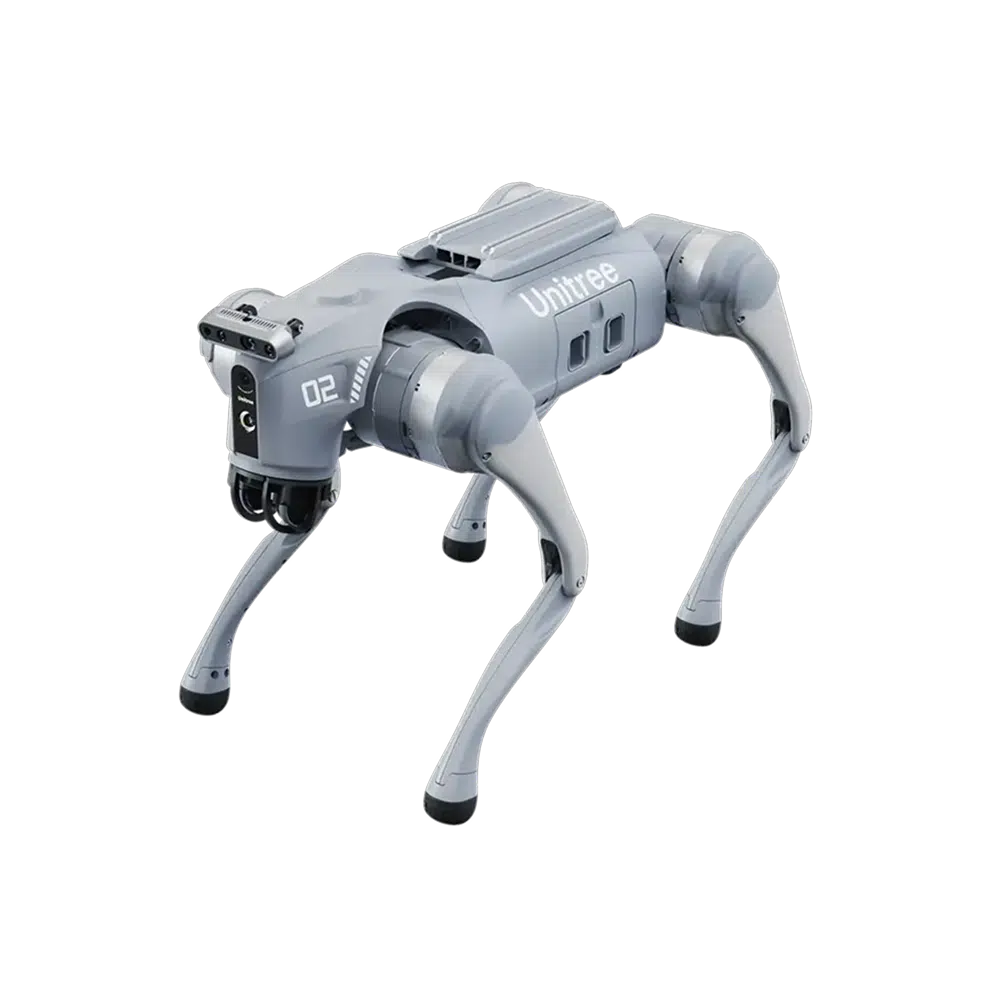
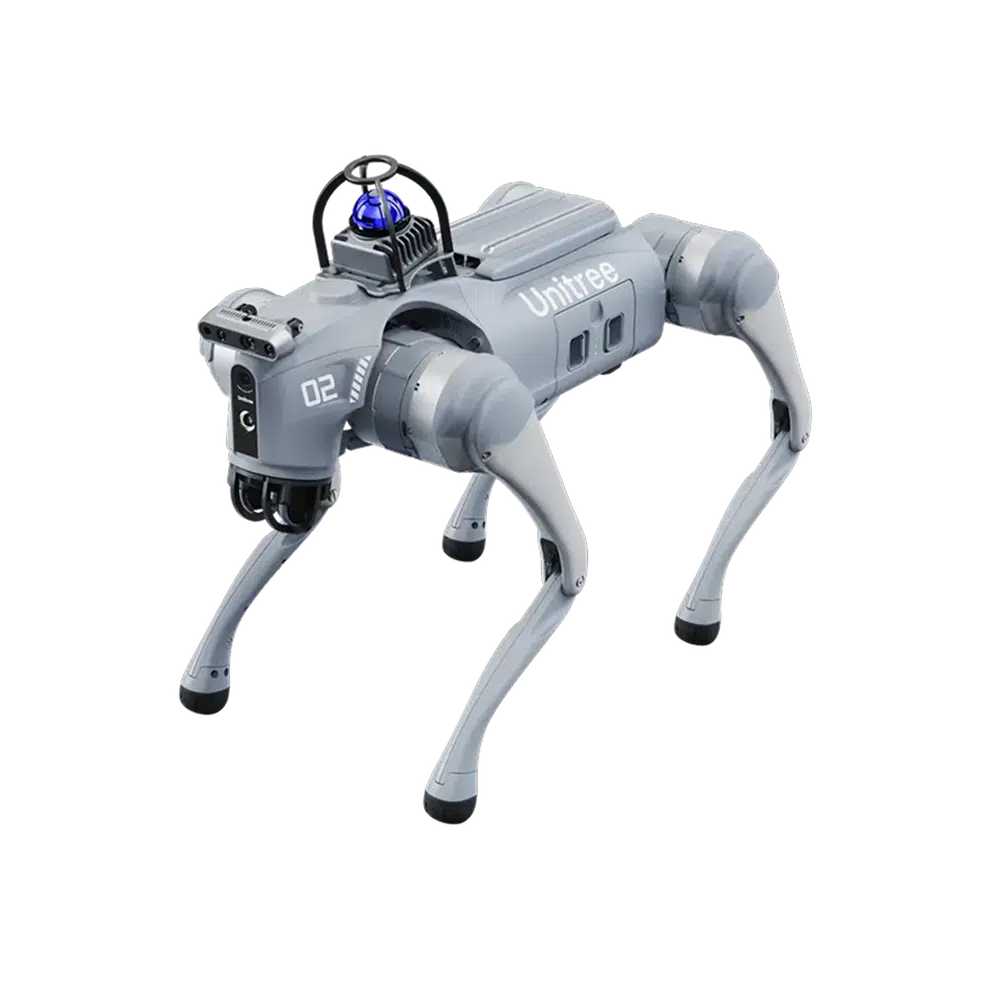
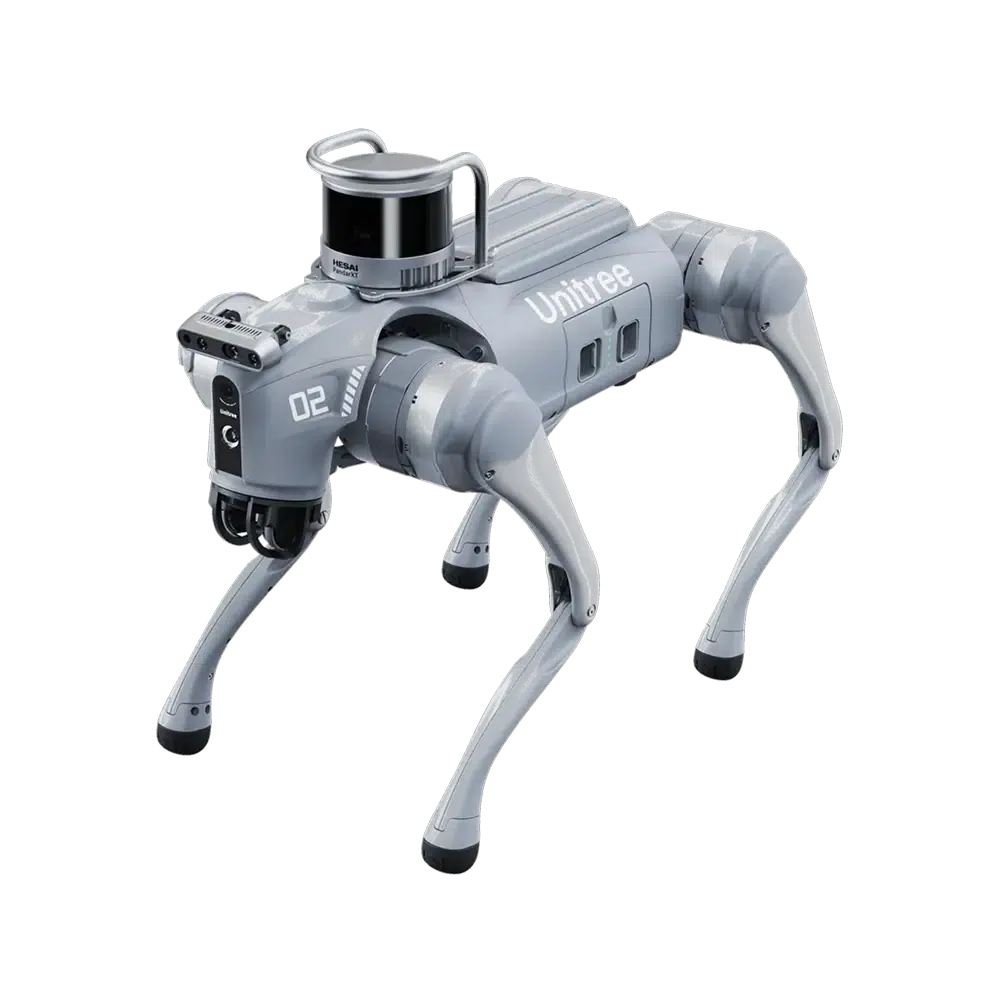
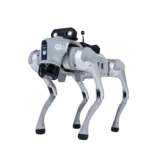










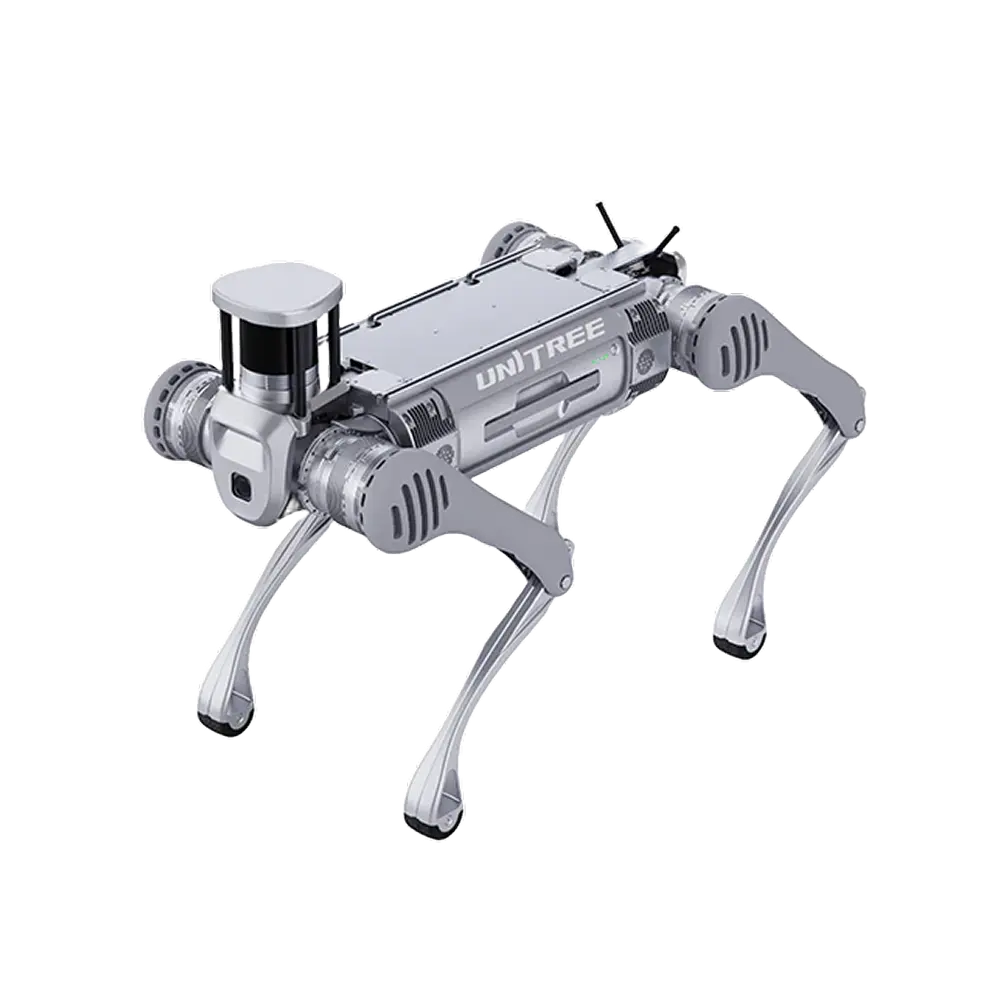
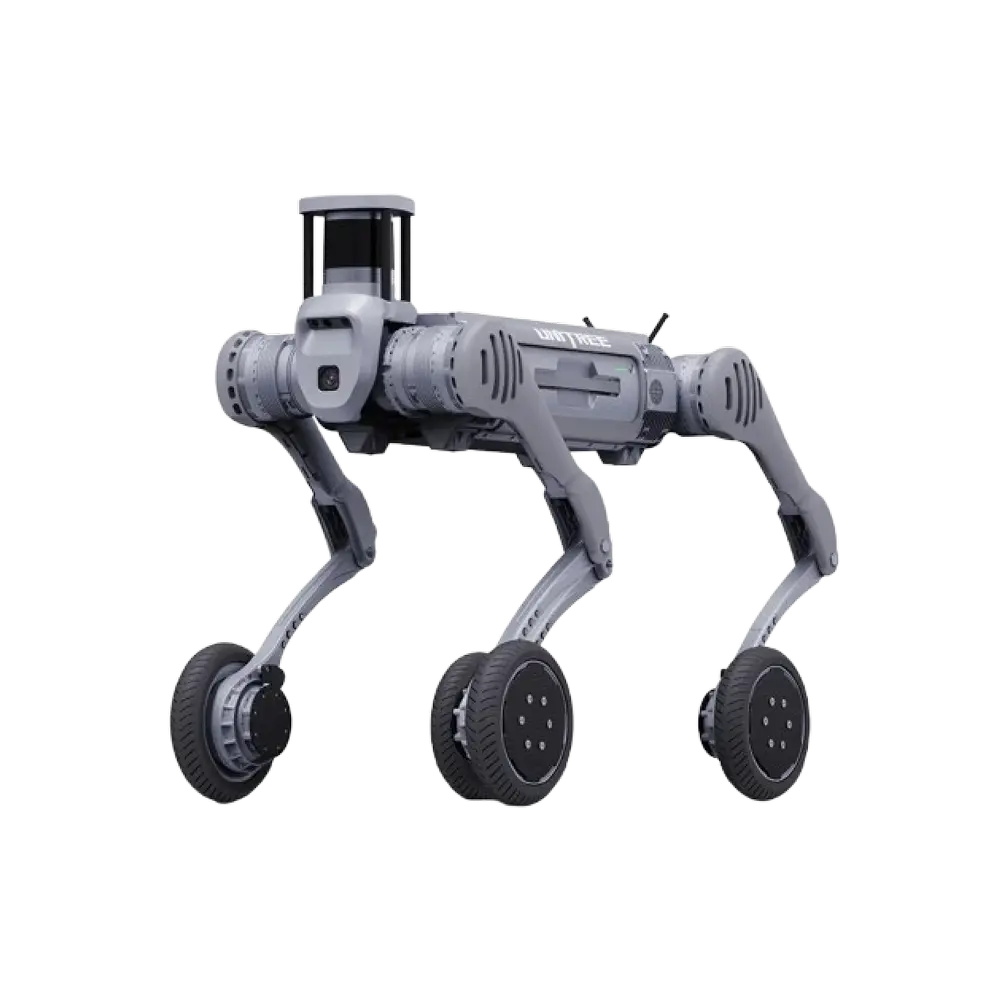
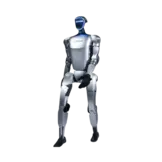
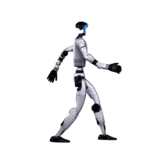
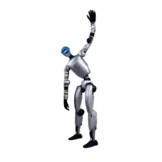
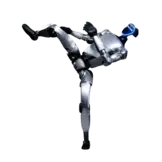

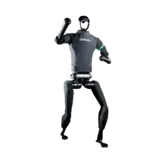
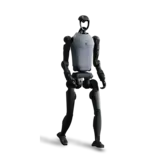

Comments are closed for this post.